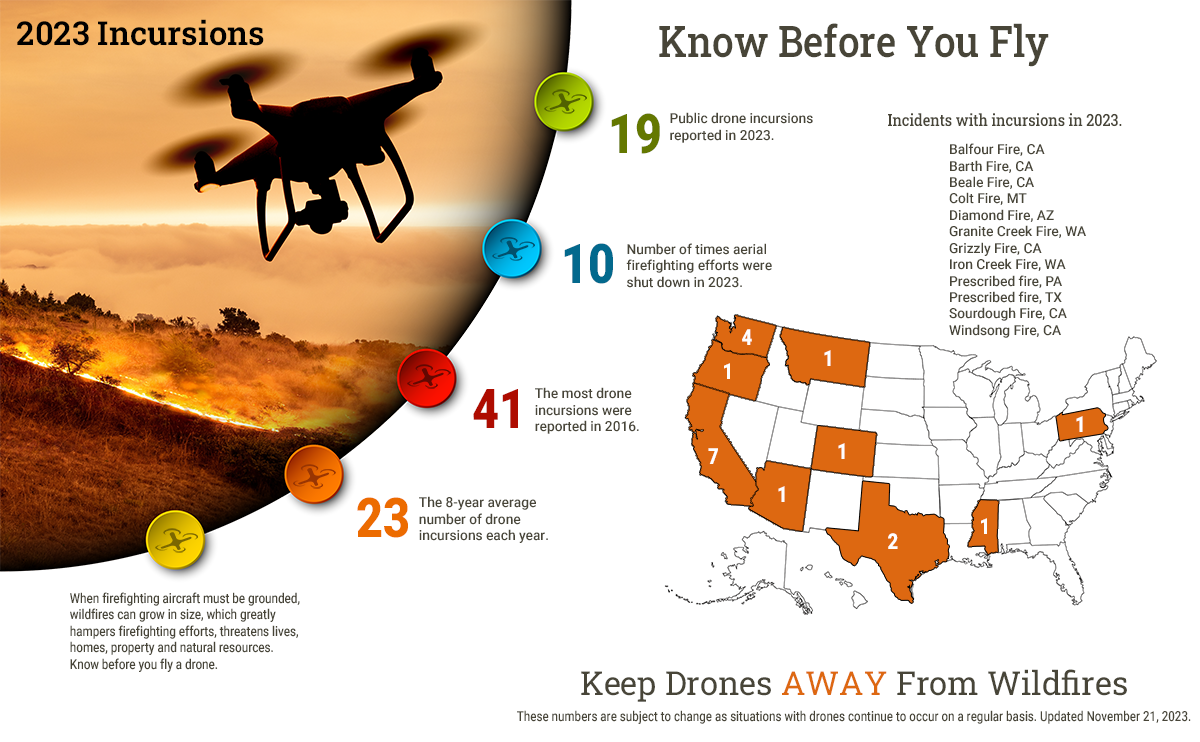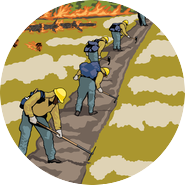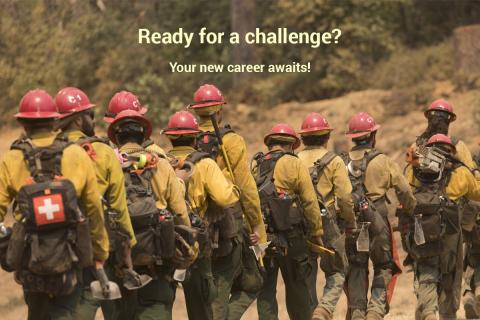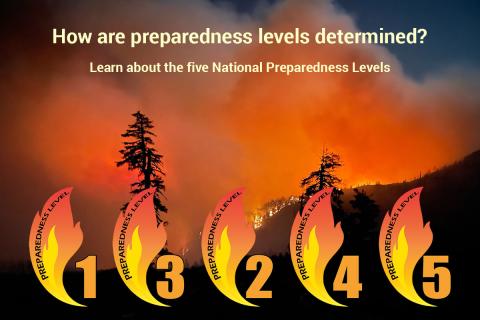Coordination and cooperation in wildland fire management.
NIFC Facebook
Welcome to the Nation's Logistical Support Center
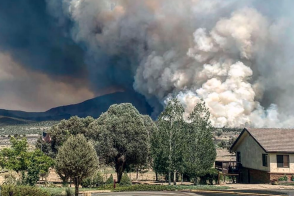
The nation’s federal wildland fire community is a large and complex organization across the Department of the Interior’s Bureau of Land Management, the National Park Service, U.S. Fish and Wildlife Service, and the Bureau of Indian Affairs; and the U.S. Department of Agriculture’s Forest Service. These agencies manage wildland fire on nearly 700 million acres of federal public land, or one-fifth of the total land area in the United States.
NIFC is home to the national fire management programs of each federal fire agency, along with partners including the National Association of State Foresters, the U.S. Fire Administration, and the National Weather Service. A Department of Defense liaison was added as a permanent partner at NIFC in 2008. Working together, these partners provide leadership, policy oversight and coordination to manage the nation’s wildland fire programs.
In recent years, the role of the agencies at NIFC has grown to include all types of fire management, including hazardous fuels treatments, integrated fire and land-use planning, and more. Fire management under this larger umbrella is designed to achieve not only suppression goals, but to accomplish a broad spectrum of natural resource objectives, and do so in an efficient, cost-effective manner.
For Our Firefighters
